2,5-二硫二脲,2,5-Dithiobiurea,99%
产品编号:BJHY-D00417| CAS NO:142-46-1| MDL NO:MFCD00014471| 分子式:C2H6N4S2; H2NCSNHNHCSNH2| 分子量:150.23
本网站销售的所有产品仅用于工业应用或者科学研究等非医疗目的,不可用于人类或动物的临床诊断或者治疗,非药用,非食用,
| 产品名称 | 2,5-二硫二脲 |
|---|---|
| 英文名称 | 2,5-Dithiobiurea,99% |
| CAS编号 | 142-46-1 |
| 产品熔点 | 212 °C (dec.)(lit.) |
| 产品沸点 | 291.6±23.0 °C at 760 mmHg |
| 产品密度 | 1.6±0.1 g/cm3 |
| 产品闪点 | 130.1±22.6 °C |
| 精确质量 | 150.003387 |
| PSA | 140.28000 |
| LogP | -1.12 |
| 外观性状 | 灰白色结晶粉末 |
| 蒸气压 | 0.0±0.6 mmHg at 25°C |
| 折射率 | 1.771 |
| 稳定性 | 常温常压下稳定。 禁配物: 强氧化剂 |
| 储存条件 | 密封于干燥阴凉处保存。 |
相关文档
化学品安全说明书(MSDS)
下载MSDS质检证书(COA)
相关产品
| 危害码 (欧洲) | Xi:Irritant; |
|---|---|
| 风险声明 (欧洲) | R36/37/38 |
| 安全声明 (欧洲) | S26-S37/39 |
| WGK德国 | 3 |
| RTECS号 | EC1460000 |
| 海关编码 | 2930909090 |
Synonym:Bisthiocarbamyl Hydrazine; N,N'-Bisthiocarbamyl Hydrazine Section 2 - COMPOSITION, INFORMATION ON INGREDIENTS
Risk Phrases: 23/24/25 43 45 Section 3 - HAZARDS IDENTIFICATION EMERGENCY OVERVIEW
Toxic by inhalation, in contact with skin and if swallowed. May cause sensitization by skin contact. May cause cancer.The toxicological properties of this material have not been fully investigated. Potential Health Effects Eye: May cause eye irritation. Skin: May cause skin irritation. May cause skin sensitization, an allergic reaction, which becomes evident upon re-exposure to this material. Ingestion: May cause irritation of the digestive tract. The toxicological properties of this substance have not been fully investigated. Inhalation: May cause respiratory tract irritation. The toxicological properties of this substance have not been fully investigated. Chronic: Repeated or prolonged exposure may cause allergic reactions in sensitive individuals. Section 4 - FIRST AID MEASURES Eyes: Flush eyes with plenty of water for at least 15 minutes, occasionally lifting the upper and lower eyelids. Get medical aid. Skin: Get medical aid. Flush skin with plenty of water for at least 15 minutes while removing contaminated clothing and shoes. Wash clothing before reuse. Destroy contaminated shoes. Ingestion: Never give anything by mouth to an unconscious person. Get medical aid. Do NOT induce vomiting. If conscious and alert, rinse mouth and drink 2-4 cupfuls of milk or water. Inhalation: Remove from exposure and move to fresh air immediately. If not breathing, give artificial respiration. If breathing is difficult, give oxygen. Get medical aid. Notes to Physician: Section 5 - FIRE FIGHTING MEASURES General Information: As in any fire, wear a self-contained breathing apparatus in pressure-demand, MSHA/NIOSH (approved or equivalent), and full protective gear. During a fire, irritating and highly toxic gases may be generated by thermal decomposition or combustion. Extinguishing Media: Use agent most appropriate to extinguish fire. Use water spray, dry chemical, carbon dioxide, or appropriate foam. Section 6 - ACCIDENTAL RELEASE MEASURES General Information: Use proper personal protective equipment as indicated in Section 8. Spills/Leaks: Vacuum or sweep up material and place into a suitable disposal container. Clean up spills immediately, observing precautions in the Protective Equipment section. Avoid generating dusty conditions. Provide ventilation. Section 7 - HANDLING and STORAGE Handling: Wash thoroughly after handling. Remove contaminated clothing and wash before reuse. Use with adequate ventilation. Minimize dust generation and accumulation. Avoid contact with eyes, skin, and clothing. Keep container tightly closed. Avoid ingestion and inhalation. Storage: Store in a tightly closed container. Store in a cool, dry, well-ventilated area away from incompatible substances. Section 8 - EXPOSURE CONTROLS, PERSONAL PROTECTION Engineering Controls: Facilities storing or utilizing this material should be equipped with an eyewash facility and a safety shower. Use adequate ventilation to keep airborne concentrations low. Exposure Limits CAS# 142-46-1: Personal Protective Equipment Eyes: Wear appropriate protective eyeglasses or chemical safety goggles as described by OSHA's eye and face protection regulations in 29 CFR 1910.133 or European Standard EN166. Skin: Wear appropriate protective gloves to prevent skin exposure. Clothing: Wear appropriate protective clothing to prevent skin exposure. Respirators: A respiratory protection program that meets OSHA's 29 CFR 1910.134 and ANSI Z88.2 requirements or European Standard EN 149 must be followed whenever workplace conditions warrant respirator use. Section 9 - PHYSICAL AND CHEMICAL PROPERTIES Physical State: Powder Color: white Odor: none reported pH: Not available. Vapor Pressure: Not available. Viscosity: Not available. Boiling Point: Not available. Freezing/Melting Point: 200.00 - 203.00 deg C Autoignition Temperature: Not applicable. Flash Point: Not applicable. Explosion Limits, lower: Not available. Explosion Limits, upper: Not available. Decomposition Temperature: Solubility in water: negligible Specific Gravity/Density: Molecular Formula: C2H6N4S2 Molecular Weight: 150.22 Section 10 - STABILITY AND REACTIVITY Chemical Stability: Stable under normal temperatures and pressures. Conditions to Avoid: Incompatible materials, dust generation, excess heat, strong oxidants. Incompatibilities with Other Materials: Oxidizing agents. Hazardous Decomposition Products: Nitrogen oxides, carbon monoxide, irritating and toxic fumes and gases, carbon dioxide, hydrogen sulfide, sulfur oxides (SOx), including sulfur oxide and sulfur dioxide. Hazardous Polymerization: Has not been reported Section 11 - TOXICOLOGICAL INFORMATION RTECS#: CAS# 142-46-1: EC1460000 LD50/LC50: Not available. Carcinogenicity: 2,5-Dithiobiurea - Not listed by ACGIH, IARC, or NTP. Other: See actual entry in RTECS for complete information. Section 12 - ECOLOGICAL INFORMATION Section 13 - DISPOSAL CONSIDERATIONS Dispose of in a manner consistent with federal, state, and local regulations. Section 14 - TRANSPORT INFORMATION IATA Not regulated as a hazardous material. IMO Not regulated as a hazardous material. RID/ADR Not regulated as a hazardous material. Section 15 - REGULATORY INFORMATION European/International Regulations European Labeling in Accordance with EC Directives Hazard Symbols: T Risk Phrases: R 45 May cause cancer. R 23/24/25 Toxic by inhalation, in contact with skin and if swallowed. R 43 May cause sensitization by skin contact. Safety Phrases: S 53 Avoid exposure - obtain special instructions before use. S 28A After contact with skin, wash immediately with plenty of water. S 37 Wear suitable gloves. S 45 In case of accident or if you feel unwell, seek medical advice immediately (show the label where possible). WGK (Water Danger/Protection) CAS# 142-46-1: No information available. Canada CAS# 142-46-1 is listed on Canada's NDSL List. CAS# 142-46-1 is not listed on Canada's Ingredient Disclosure List. US FEDERAL TSCA CAS# 142-46-1 is listed on the TSCA inventory. SECTION 16 - ADDITIONAL INFORMATION N/A |
|
~59% 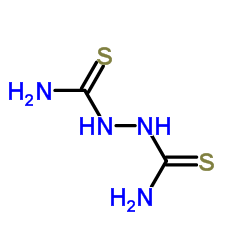
142-46-1 |
| 文献:Lee, Boong Won; Lee, Seung Dal Tetrahedron Letters, 2000 , vol. 41, # 20 p. 3883 - 3886 |
|
~% 
142-46-1 |
| 文献:European Journal of Medicinal Chemistry, , vol. 64, p. 54 - 61 |
|
~% 
142-46-1 |
| 文献:Chemische Berichte, , vol. 29, p. 2510 |
|
~% 
142-46-1 |
| 文献:Chemische Berichte, , vol. 28, p. 949 |
|
~63% 
142-46-1
详细
|
| 文献:Journal of Organic Chemistry USSR (English Translation), , vol. 18, p. 2273 - 2276 Zhurnal Organicheskoi Khimii, , vol. 18, # 12 p. 2577 - 2580 |
|
~% 
142-46-1 |
| 文献:Svensk Kemisk Tidskrift, , vol. 67, p. 361,363 |
|
~% 
142-46-1 |
| 文献:Svensk Kemisk Tidskrift, , vol. 64, p. 121,129 |
| 上游产品 8 | |
|---|---|
| 下游产品 10 | |

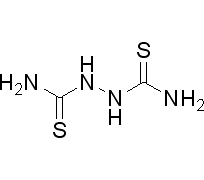
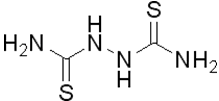


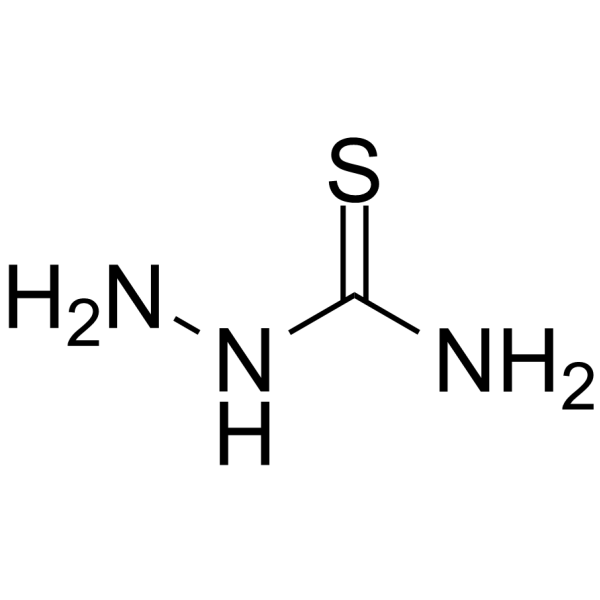
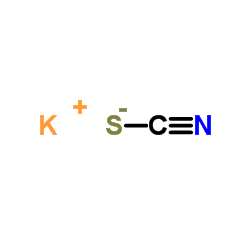
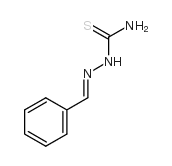
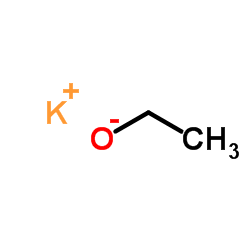
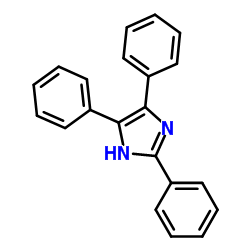
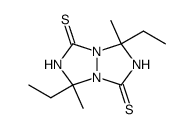
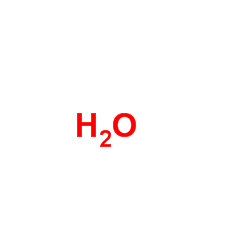
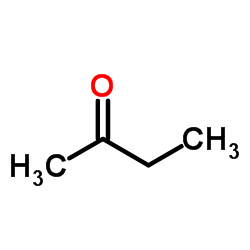
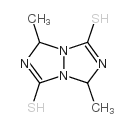
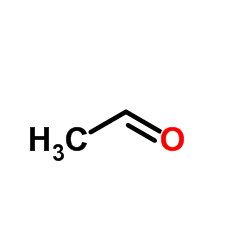
![5,7-二甲基-[1,2,4]噻唑并[1,5-a]嘧啶-2-氢硫化物结构式](/20230522/51646-17-4.png)

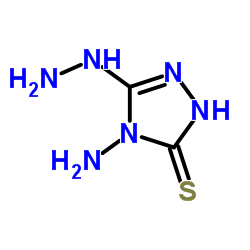
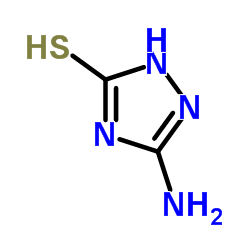

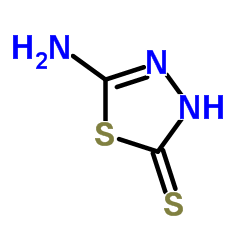
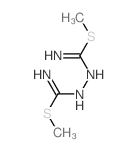
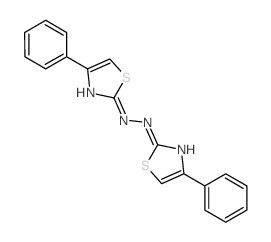
![[(amino-methylsulfanyl-methylidene)amino]thiourea结构式](/20230522/91679-53-7.png)
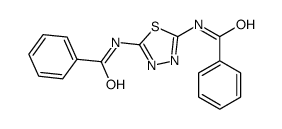





 浙公网安备 33010802013016号
浙公网安备 33010802013016号